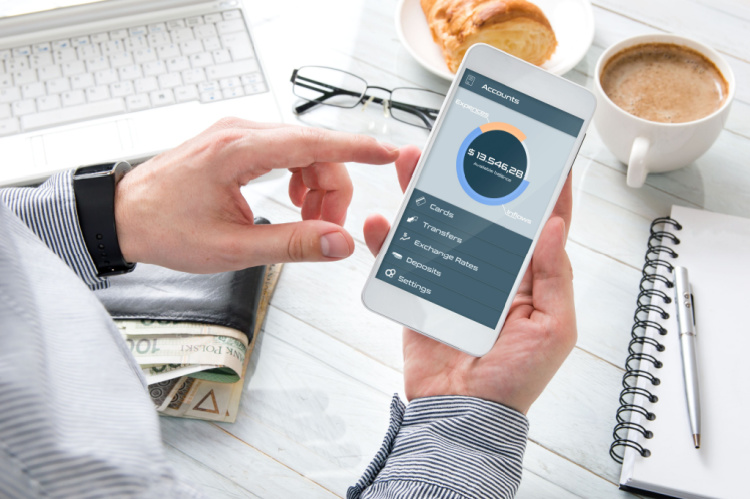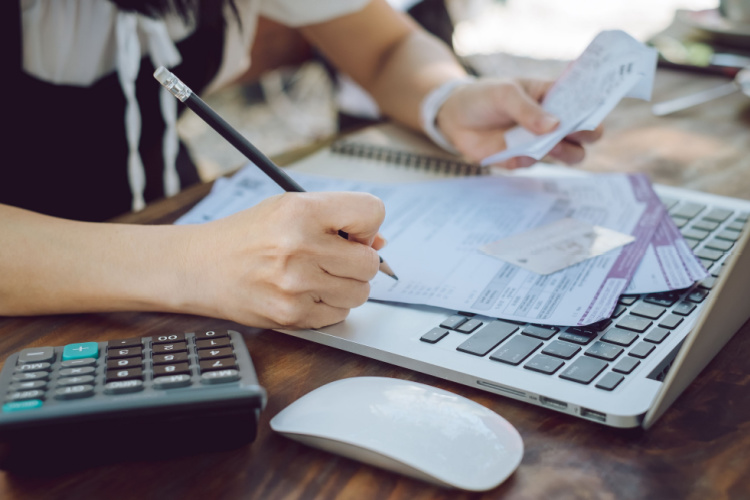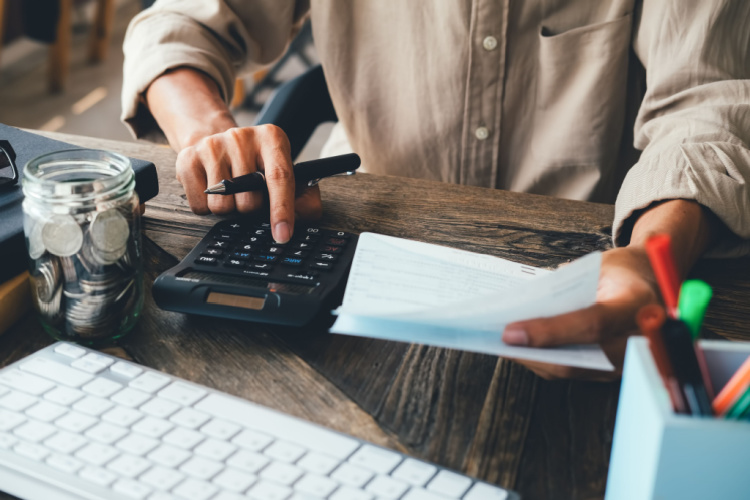The Benefits And Requirements Of A High-Yield Checking Account
A standard checking account is, well, safe. But it’s not going to wow you with extra earnings, decent interest, or even some perks. If you’re looking to make the most of your money, and make it work more for you, you might want to check out a high-yield checking account. Here’s what you need to know about this particular type of account, and if it’s the right choice for you.

What Is A High-Yield Checking Account?
Ah, the Great Recession. It seems so long ago, but some of its effects can still be felt today. Following the recession, the Federal Reserve reduced interest rates to the lowest levels ever seen. Although the Fed has raised rates over the past several years to more standard levels, the interest paid on savings haven’t significantly changed.
That’s where high-yield checking comes in.
High-yield accounts can pay an annual percentage yield (APY) of 1% or more. One example: Axos Bank has been offering up to 1.25% APY on its Rewards Checking Account, which comes with no minimum balance requirements and no monthly maintenance fees.
In addition, high-interest checking accounts can offer other benefits, including cash back on airline miles, a one-time sign-up bonus, and reimbursements of ATM fees.

What Are The Account Requirements?
High-interest accounts are financially appealing, but keep in mind that you might have to meet certain requirements in order to qualify.
Requirements for a high-yield checking account can include:
• Maintaining a large account balance
• Making a certain number of monthly credit card purchases
• Signing up for direct deposit
• Agreeing to electronic statements and automatic bill payments
To maintain a high-yield checking account, you could be required to meet all of these stipulations as long as your account remains open.

Is A High-Yield Account The Right Choice?
Rewards aside, you’ll need to crunch some numbers in order to decide whether a high-yield checking account will suit your financial plans. It’s worth noting that some accounts will hit you with a significant monthly fee, as much as $20, if you fail to maintain a minimum balance. You might also feel pressured to make enough monthly debit transactions to meet the terms of the account, which could result in overspending on your part.
Lastly, you’ll want to carefully read the fine print on your account documents and look for information pertaining to how long your high-interest rate will be in effect. When it comes to maximizing the benefits of a high-yield account, you’ll want to make sure that the details, just like your interest rate, all add up.
